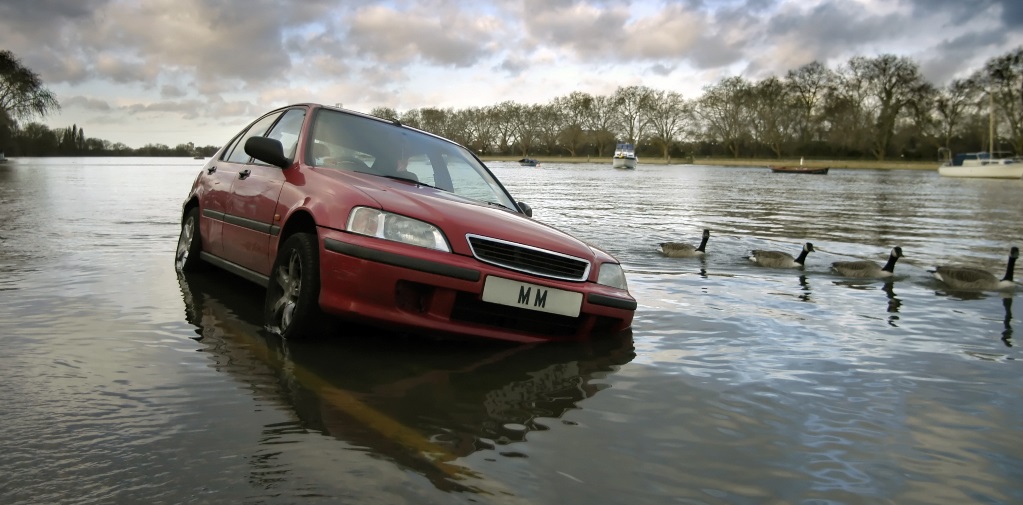A lesser-known outcome of the 2015 Paris Accord was the adoption of the Global Adaptation Goal. Most scientists say that reducing carbon emissions is no longer enough to stem the effects of climate change. Adaptation will also be key, which is why the momentous 2015 Paris Accord produced a “Global Adaptation Goal”.
On March 22, 2018 the UN Environment Programme (UNEP), the Global Adaptation Network (GAN) and Zayed University in Abu Dhabi, United Arab Emirates (UAE), convened a regional forum that highlighted specific adaptation challenges facing the Gulf States.
Since records began in 1850, seventeen of the eighteen hottest years have occurred since 2000. Climate scientists assert we’ve now reached a situation where even if carbon emissions were to immediately halt, global temperatures would continue to rise. Hence, reducing emissions cannot be the sole strategy for tackling global warming, but rather there is an additional need for climate change adaptation – the practice of building resilience to withstand climatic extremes.
“As the impacts of climate change become more apparent, adaptation is increasingly recognized as an urgent task. UN Environment is supporting many countries adapt to these impacts“, said Ibrahim Thiaw, the Deputy Executive Director of UNEP.
The 2nd GAN Forum in Abu Dhabi included a regional Technical Examination Meeting on Adaptation (TEM-A) as a contribution to the Technical Examination Process on Adaptation (TEP-A) under the UNFCCC Adaptation Committee (AC), which discussed action that reaches the most vulnerable.
The regional TEM-A will feed into the global TEM-A focused on “Adaptation planning for vulnerable groups, communities and ecosystems,” taking place during the Bonn Climate Change Conference in May 2018. The Forum’s outcomes will also inform the Talanoa Dialogue and deliberations under the UNFCCC.
The Forum adressed ways to ensure continued access to clean freshwater; solutions and technologies being developed in the region, including whether they can be applied elsewhere; and the role of the private sector. It considered measuring and assessing different aspects of adaptation, a common metric for measuring physical climate risk, particularly for the private sector, and approaches to assess progress towards climate resilience being developed by cities and multilateral development banks (MDBs).
The Forum also focused on adaptation learning, and different ways to develop, share and apply adaptation knowledge. It looked at the role of universities and institutions in supporting resilience and expanding related programmes, such as the Global Centre of Excellence on Climate Adaptation, the UN Climate Resilience Initiative (A2R) and the Educational Partnerships for Innovation in Communities (EPIC)-Network, a project that links students from sustainability courses to their local city’s real-world problems.
The GAN helps build climate resilience of vulnerable communities and ecosystems. Since 2016, the Network has been initiating learning exchanges, where adaptation practitioners visit their counterparts in other countries to share and promote effective techniques. It links regional networks and partners in Asia-Pacific, Latin America and the Caribbean, Africa, West Asia and the US.
If action is an antidote to despair then adaptation may offer some escape from climate defeatism. The upside of adaptation activities is that they provide practical solutions for right here, right now. Activities can include planting heat-resistant tree species to combat more frequent bushfires, installing sea walls for improved flood defense, or developing rainwater storage to alleviate the effects of drought.
Photo via Adobe Stock.

